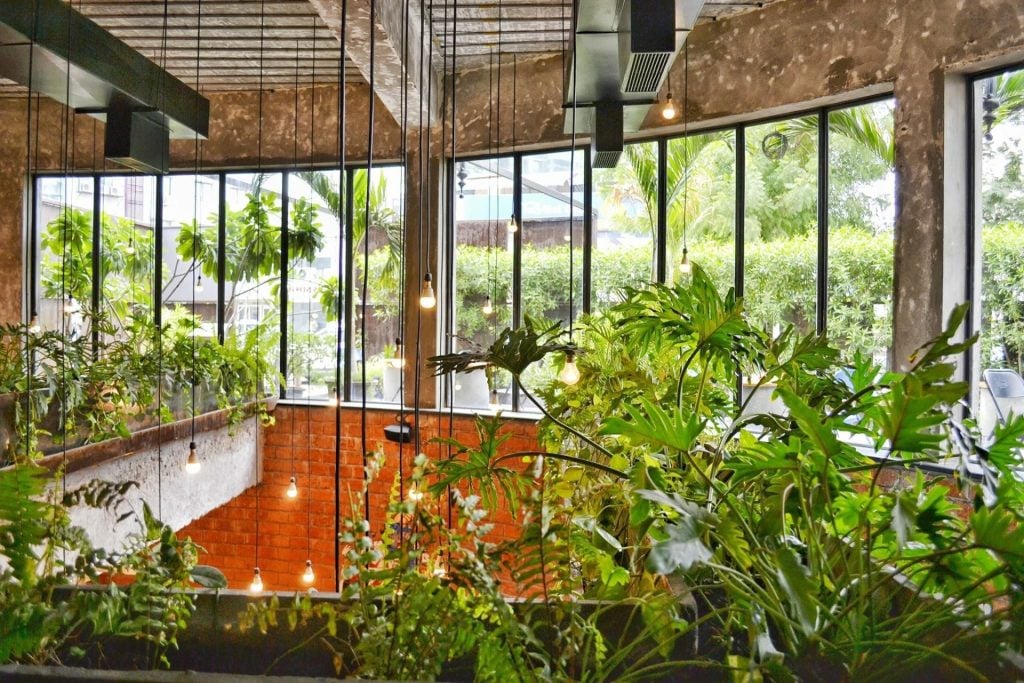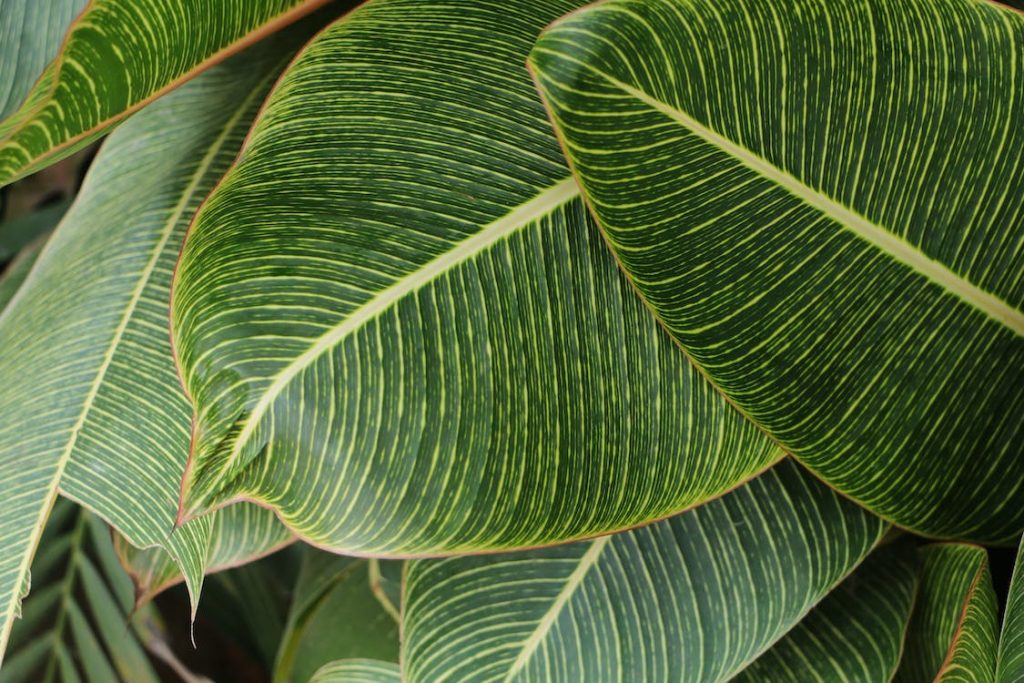BLOGS
What Are The Benefits Of Biophilic Design
As you take off on your quest to find the perfect house and lot properties for sale, you’re likely to have your compass set on location, cost, and of course, beauty.
In a world awakening to the importance of ecological balance, a game-changer has swept onto the stage: biophilic design. Beyond traditional, it blends the allure of nature with architectural elegance. Indeed, in Batangas, a revolution is underfoot.
Renowned developers like Brittany Corporation are pioneering this cutting-edge trend, creating some of the most beautiful houses in the Philippines that aren’t just dwellings, but living, breathing embodiments of harmony between humanity and nature.
What is Biophilic Design
You know how you feel relaxed when you walk in a park, or sit by a lake, or how a sunny room can lift your mood? Biophilic design aims to bring those feelings into the spaces where we live and work. The term “biophilic” comes from the word “biophilia,” which is our natural human instinct to connect with nature and other life forms.
There are lots of ways to incorporate biophilic design principles. It could mean combining natural materials like wood and stone in the design of a building or arranging spaces to provide abundant natural light or views of trees and greenery.

Some designs include water features, indoor plants, or gardens that can be seen and accessed from inside the building. It’s also about creating calming and enjoyable spaces, a built environment that helps us feel a sense of tranquility and connection with the natural world.
Biophilic design is like bringing a piece of your favorite outdoor space into your home or office. It helps us maintain our connection with nature, even indoors. And the great part? This design doesn’t just look nice and has benefits like reducing stress, boosting mood, and improving our physical and mental wellbeing.
Discovering the Biophilic Design Benefits
Biophilic design is an innovative way of designing spaces that incorporates natural elements and has been gaining popularity for its myriad benefits. Here are a few reasons why you might want to consider biophilic design features for your next interior design project:
Encouraging Wellbeing and Holistic Health
The introduction of natural elements into living spaces, whether in natural light, greenery, or water features, has been linked to better physical and mental health. The biophilic design facilitates exposure to natural materials, helping reduce stress, lower blood pressure, and improve mood and concentration.
Several house and lot properties for sale incorporate biophilic elements in their design. These elements often come in expansive windows for ample daylight, indoor gardens, or balconies with a view of lush greenery. Such structures embody the benefits of biophilic design, promoting a luxurious and healthy lifestyle.
Fostering Sustainable Practices and Energy Efficiency
Biophilic design is not just about making the most beautiful houses in the Philippines but also about creating sustainable living spaces that respect and preserve the environment.
By leveraging natural light and ventilation, biophilic homes reduce reliance on artificial lighting and air conditioning, leading to lower energy consumption and carbon footprint.
The Batangas region, known for its scenic landscapes and warm climate, is an ideal location for homes that adhere to this philosophy. Brittany Corporation is among the developers that have recognized this potential, leading the way in creating sustainable house and lot properties.
Long-term Economic Benefits
While the upfront cost of a biophilically designed house and lot for sale may be higher than conventional properties, the long-term savings make it a smart investment.
The energy efficiency of these homes translates into reduced utility bills. Moreover, given the rising trend of eco-conscious living, these homes often have higher resale values.
Building Stronger Community Bonds
Biophilic principles aren’t just about individual houses. It also applies to community planning. Integrating nature into communal spaces, such as parks, courtyards, and walking trails, fosters a sense of community among residents.
This principle is becoming increasingly popular in Batangas, where developers ensure that “house and lot properties for sale” are part of communities prioritizing human and nature connections.

Elevated Aesthetics
The most beautiful houses in the Philippines often stand out for their unique architectural or interior design. Still, biophilic homes add a new dimension to this beauty – the beauty of nature. Combining modern architecture and biophilic elements results in aesthetically pleasing homes with a serene living experience.
Improved Productivity and Creativity
Numerous studies have shown that biophilic design elements can improve productivity and spur creativity. Natural light, just a few houseplants, and views of nature can increase focus, decrease mental fatigue, and stimulate the mind.
The biophilic design significantly boosts productivity and creativity by incorporating nature into living and working spaces. Direct and indirect exposure to nature through natural light, greenery, and water features stimulates the senses and increases mental well-being.
This positive effect on mental health fuels creativity, innovation, and productivity. Moreover, a pleasant, nature-infused environment can help reduce stress and fatigue, enhancing focus and work efficiency. Natural materials creates a harmonious environment conducive to productive work and creative exploration.
Enhancing Air Quality for a Healthier Environment
Biophilic designs can naturally improve indoor air quality by incorporating plant life into design elements. Plants absorb toxins and release oxygen, providing a cleaner, healthier indoor environment.
Biophilic design’s integration of plants and green spaces into architectural spaces adds aesthetic appeal and significantly improves air quality. Plants are natural air purifiers that absorb pollutants like carbon dioxide and release oxygen, fostering cleaner, healthier indoor environments.
Incorporating plants and green spaces into buildings can reduce harmful volatile organic compounds (VOCs), decreasing risks of health issues such as allergies and respiratory conditions. These biophilic design features significantly promote sustainable materials that emit fewer toxins, further contributing to improved air quality.
Enhances Mood and Reduces Stress
The presence of nature inside homes or workplaces has been linked to improved mood and reduced stress and anxiety levels, contributing to improved mental health. Biophilic design can greatly enhance mood and reduce stress by incorporating biophilic elements into our living and working spaces.
Exposure to nature, even indirectly, has been scientifically shown to stimulate the production of positive hormones, reduce cortisol levels (the stress hormone), and boost overall mood. Biophilic design elements, such as natural lighting, plants, water features, and nature-inspired textures and colors, create calming and restorative environments.
This ultimately contributes to better mental well-being, reduced anxiety and stress, and improved focus and creativity, making spaces aesthetically pleasing and supportive of our holistic health.

Final Thoughts
In the journey towards sustainable and harmonious living, the embrace of biophilic design by potential homeowners and developers is crucial. By incorporating nature into our homes, we create nurturing environments that enhance well-being and productivity.
For developers, this presents an opportunity to lead the green revolution in architecture, shaping communities that thrive in balance with nature. Indeed, the future of residential design shines bright with the promise of biophilia, fostering a symbiotic relationship between man, architecture, and nature.
What are the benefits of biophilic design in the environment?
The biophilic design fosters environmental stewardship by reducing energy consumption, harnessing natural resources like sunlight and ventilation, and encouraging the integration of green spaces.
This approach promotes biodiversity, reduces carbon footprint, and fosters a culture of sustainability, making our living and working spaces visually appealing and environmentally responsible.
What are the principles and benefits of biophilic design?
Biophilic design principles revolve around our innate affinity for nature and seek to incorporate elements such as natural light, vegetation, water features, and natural materials into architectural and interior design. By doing so, the biophilic design seeks to improve our well-being, productivity, and overall quality of life.
One of the key principles of biophilic design is incorporating nature into the built environment. The biophilic design creates a visually appealing and refreshing ambiance that emulates natural ecosystems by introducing elements such as plants, living walls, or indoor gardens. This connection with nature has been shown to reduce stress, improve cognitive function, and enhance overall mental well-being.
Suggested Read: Looking for Outdoor Furniture? Here Are 5 Local Brands To Check Out
Suggested Read: Create Different Moods With Beautiful Water Features
Suggested Read: Biophilicic Homes: Houses Wedded To Nature
Suggested Read: Unwind At Home With Mood Lighting
Suggested Read: The Importance Of Sleeping Habits















